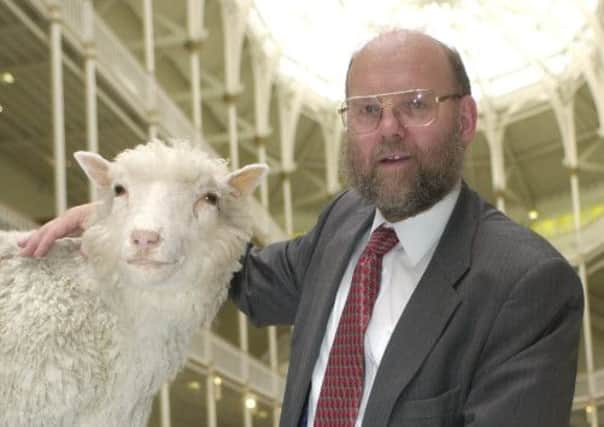Stem cell research ‘could revive mammoths’


The recent discovery of mammoth bones in northern Siberia has prompted discussions as to whether we could clone a mammoth. Writing for the website The Conversation, University of Edinburgh Emeritus Professor Ian Wilmut said that using the cloning technique that created Dolly was extremely unlikely to work for mammoths.
However, he did offer a glimmer of hope – creating mammoth stem cells. Scientists have previously managed to produce stem cells from adult cells of several different species, by simply introducing four specific proteins. These stem cells could then be used to form embryos or sperm, depending if the cells were from a female or male, which could then be used for ground-breaking research and possibly breeding.
Advertisement
Hide AdAdvertisement
Hide AdEither way, bringing back an extinct creature would require unique considerations of animal welfare. Mammoths are designed for the cold, whereas their closest relatives and possible surrogate mothers live in warm climates. They would also need social interaction, perhaps with other clones or with close elephant relatives.
Both cloning and creating stem cells would require finding intact mammoth cells. However, it is highly unlikely that any cells would survive in the type of bones discovered recently. Both the initial freezing and then subsequent thawing that occurs in most cases before discovery damages the cells. Viable cells would most likely be found in bones recovered directly from ice, at low temperatures.
Cloning would require several hundred eggs from elephants, the mammoth’s closest living relatives, who themselves are an endangered species, making this unlikely unless other techniques to produce the eggs are developed. Additionally, scientists currently don’t know how to make an elephant’s womb ready to accept an embryo.
Prof. Wilmut concluded that cloning mammoths, using elephant embryos injected with mammoth cells, is probably infeasible: “there is biological uncertainty about the availability of viable cells, and [...] several complex techniques would have to be developed for cloning of mammoths to be successful. There is no guarantee that these techniques are even biologically possible. There may be unknown differences between species that would prevent the procedures that we developed in sheep being successful in mammoths.”
However, he was excited by the promise of stem cells: “research to produce mammoth stem cells would be the appropriate choice, and extraordinarily scientifically rewarding, should it be possible to find viable mammoth cells.”